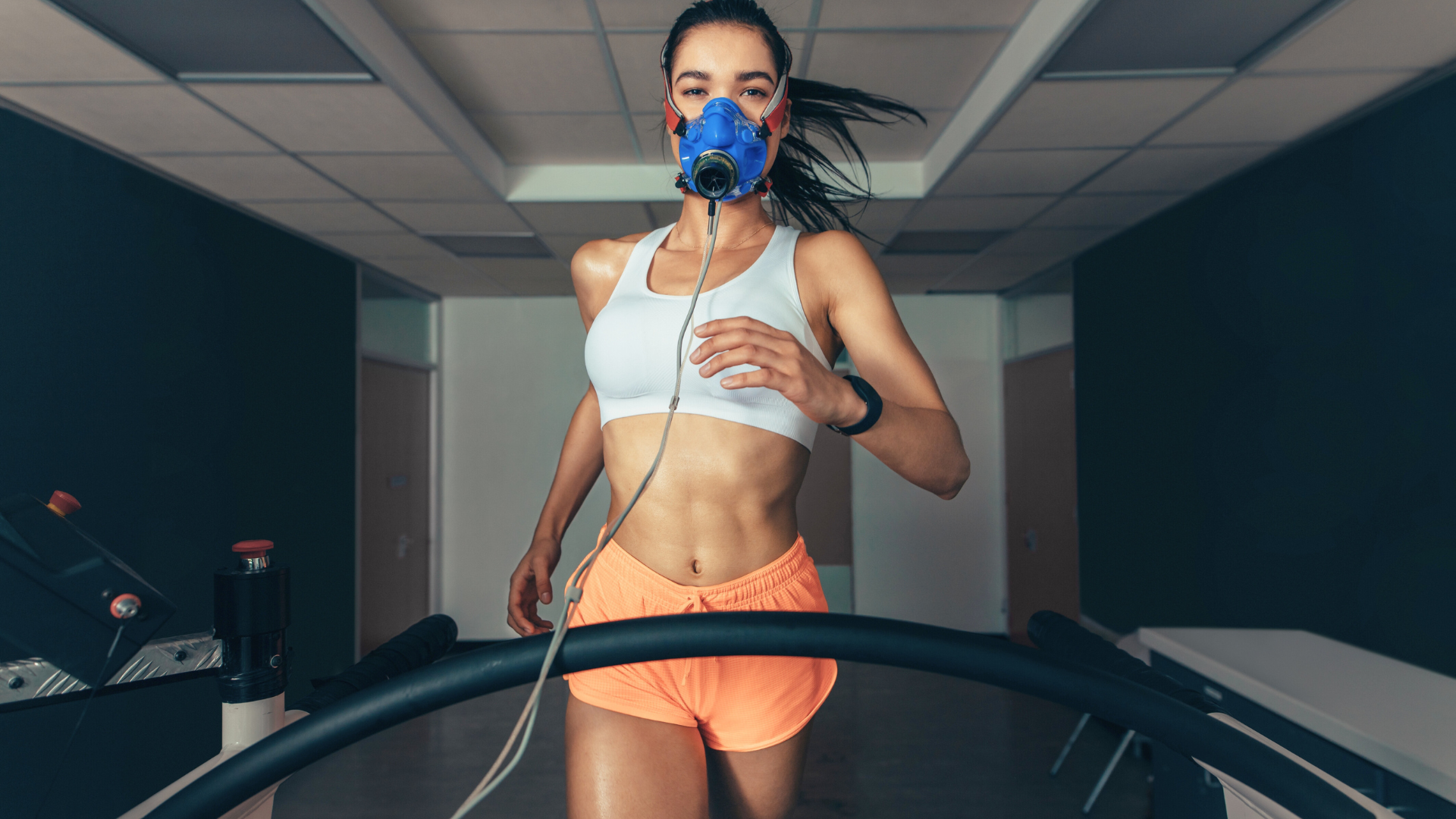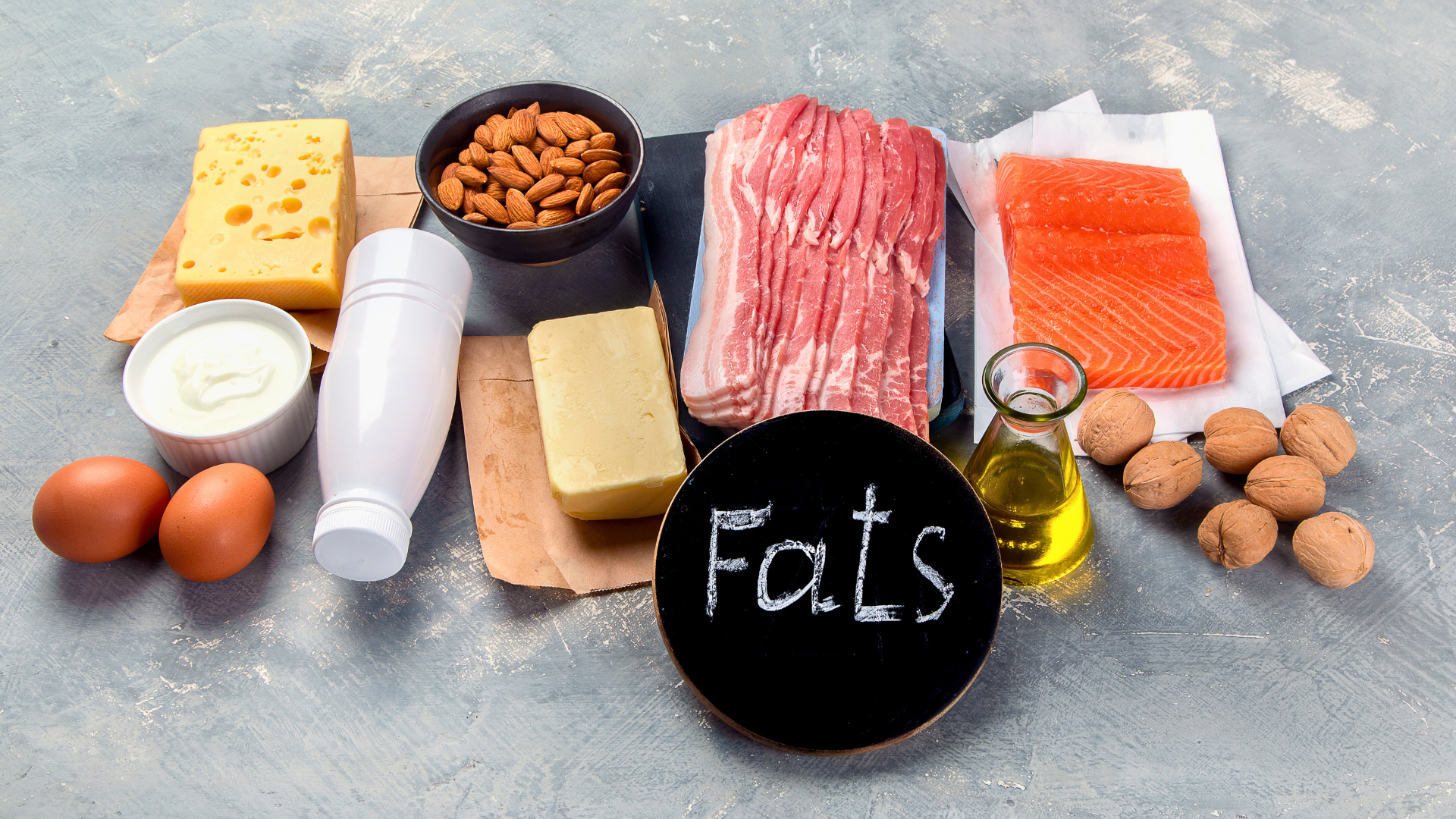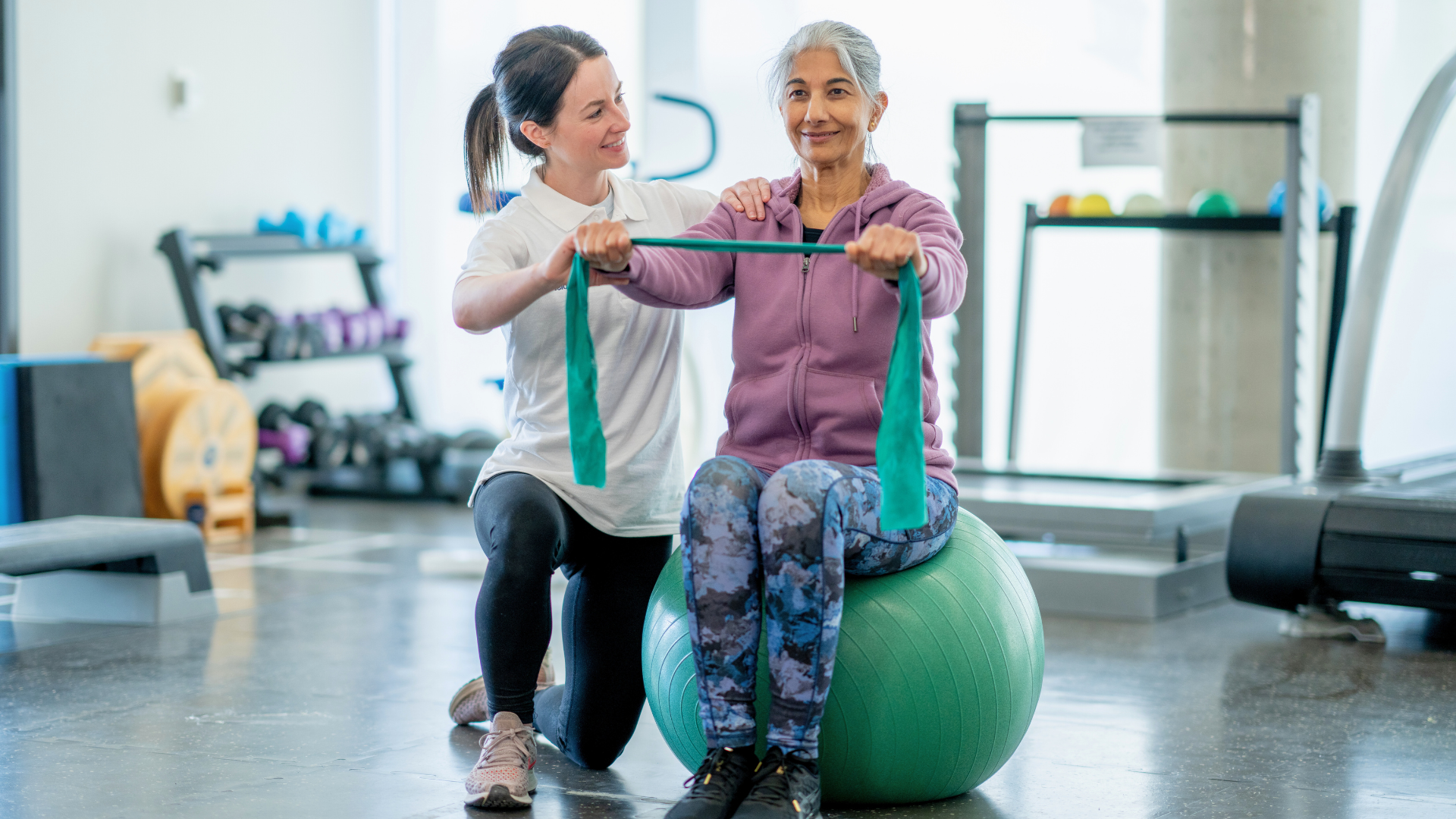Does The Menstrual Cycle Affect Exercise Performance?
Menstrual Cycle And Exercise Key Points:
- The menstrual cycle is a biological process that supports reproduction.
- The three main phases of the cycle are the follicular, ovulatory, and luteal phases.
- During each phase, the fluctuations of two primary sex hormones, estrogen and progesterone, might impact exercise performance in women.
- However, any detrimental effects of menstruation on exercise are trivial at best during the different phases.
- Instead, it is recommended that women track their cycles and training and combine them to develop an individualized approach to exercise and nutrition.
Over the last 30 years, there has been a significant rise in the number of women participating in exercise. However, research on female athletes and those interested in general fitness has yet to keep pace with this exponential rise in participation.
One area of research on women that has been neglected is the effects of the menstrual cycle on exercise performance, specifically, how menstruation might affect strength, aerobic and anaerobic capabilities, and muscle recovery.
Before we discuss how the menstrual cycle might affect exercise performance, we first need to understand:
- What is the menstrual cycle?
- The phases of the menstrual cycle.
- The main hormones found in each cycle and their fluctuations.
Let’s Dive in!
What Is The Menstrual Cycle?
You can think of the menstrual cycle as an essential biological process with significant changes in a woman’s sex hormones. The primary purpose of these fluctuations is to support reproduction, BUT they also might exert various effects on the cardiovascular, respiratory, metabolic, and neuromuscular systems. These effects might affect exercise performance.
What Are The Different Phases?
The menstrual cycle can be divided into six separate phases. In order, these are:
- Early follicular - Days 1-5.
- Late follicular - Days 6-12.
- Ovulation - Days 13-15.
- Early luteal - Days 16-19.
- Mid-luteal - Days 20-23.
- Late luteal - Days 24-28.
Next, let’s discuss the two primary hormones found in each phase and how their levels fluctuate.
Hormonal Changes During The Different Phases Of Menstruation
Estrogen and progesterone are essential hormones that fluctuate during the menstrual cycle. Let’s briefly discuss each before moving on to how they rise and fall during each menstruation phase.
What Is Estrogen, And What Does It Do?
Estrogen plays various roles in the body, but one of its primary functions is to help develop and maintain both the reproductive system and female characteristics. Furthermore, estrogen can be broken down into three different types.
- Estrone is present in the body after menopause. It is a weaker form of estrogen that can be converted to other forms as necessary.
- Estradiol is the most common type of estrogen during a female's reproductive years. This type of estrogen might have the most significant effect on exercise performance.
- Estriol levels rise during pregnancy and peak just before birth. It functions to help the uterus grow.
It’s also important to know that estrogen is a very anabolic (muscle-building) hormone and may help increase glycogen storage while increasing fat utilization. All of which could have important implications for exercise performance.
Next, let’s discuss estrogen’s counterpart, progesterone.
What Is Progesterone?
Progesterone is the other primary hormone involved in the menstrual cycle. Its purpose is to prevent the fertilization of more than one egg and strengthen the pelvic muscle walls in preparation for labour.
Progesterone can also be thought of as the ying to estrogens yang. Meaning as progesterone levels rise during menstruation, estrogen levels fall.
This is important to remember as we move on to the next section of this article. How this rise and fall of estrogen and progesterone during each menstrual cycle phase might positively or negatively affect exercise.
The Follicular Phase And Exercise
Early Follicular
During this phase, concentrations of both estrogen and progesterone are low.
As mentioned earlier, estrogen is a potent anabolic hormone that helps protect against exercise-induced muscle damage while reducing inflammatory responses. When levels are low, there is a possibility of adverse effects on muscular performance or maximal and submaximal intensity exercise performance.
On the flip side, during the follicular phase (and due to low estrogen), the body might be able to utilize more glucose/glycogen. This can be highly advantageous for exercise, especially for longer duration/higher intensity training and events. It can also benefit those who strength train as working muscles use creatine phosphate and muscle glycogen as primary fuel sources.
In sum, even though muscle performance and performance might be slightly reduced during the early follicular phase due to low estrogen, the increased utilization of glycogen by the body might help offset it.
Late Follicular
Estrogen concentrations (anabolic hormone) rise during the late follicular phase while progesterone levels remain low. Compared to the early follicular phase, this may be ideal for focusing on strength training where the environment is primed.
High weight (75-85% of 1 repetition max), medium reps, and medium rest periods should be emphasized during this period. This may lead to more significant gains in strength and quicker recovery times when combined with the higher estrogen levels.
For example, one could perform four sets of 8 reps of compound exercises (bench press, deadlift, shoulder press, squat) with 75 seconds of rest between sets and 2 minutes of rest between exercises.
Cardio-wise, high-intensity interval training would improve cardiorespiratory fitness during the late follicular phase.
However, it must be stressed that more research is needed to verify this theory.
The Ovulation Phase And Exercise
Estrogen will continue to rise (progesterone remains low) and hit its highest level during this phase. This has the potential to impact substrate metabolism. More specifically, your body can store and use carbohydrates as energy.
Carbohydrates act as the primary fuel source when exercise intensity increases and moves from more aerobic to anaerobic. Anaerobic metabolism (think strength training, intervals, or HIIT) can only be fueled by carbohydrates. Without carbs, high-intensity exercise cannot be maintained.
During this phase, it may be recommended to focus on lower intensity exercise as your body utilizes more fat as an energy source during this phase.
The Luteal Phase And Exercise
During the luteal phase, both estrogen and progesterone levels are high. A 2019 study suggests that bloating and fatigue are common symptoms that make exercise uncomfortable during this phase.
Heart rate and core body temperature may also increase during the luteal phase, which may alter performance when exercising in the heat and humidity.
Lastly, central nervous system fatigue is higher in this phase, and the increased progesterone levels can contribute to sodium loss.
Considering all the above, it may be advisable to adjust training schedule to include more lower-intensity exercise during this phase while minimizing exercise in hot conditions.
The Bottom Line On Menstruation And Exercise
From the available research, knowing menstruation's effects (positive and negative) on exercise might help a woman develop a training program where certain performance variables are focused on during each phase.
For example:
- During the early follicular phase, the focus should be on higher intensity, more prolonged duration cardio activities due to the body utilizing glycogen more efficiently. Strength training can also be done but should be conducted at a medium intensity as muscle recovery may be affected by the lower circulating estrogen levels.
- Due to higher estrogen levels, the body is primed for intense strength and high-intensity interval training during the late follicular phase.
- During the ovulatory phase, estrogen levels peak and may affect the body’s ability to utilize muscle glycogen. Therefore, low-intensity training like long, slow cardio is recommended as the body uses more fat as fuel.
- During the luteal phase, estrogen and progesterone levels increase. Exercise in hot, humid environments should be avoided. Low-intensity cardio and strength training should be the primary focus.
In addition to the above information, It is also recommended that women track their cycles and training and combine them to develop an individualized approach to exercise and nutrition. Certain apps like FitrWoman may help with this.
References:
- McNulty, K. L., Elliott-Sale, K. J., Dolan, E., Swinton, P. A., Ansdell, P., Goodall, S., ... & Hicks, K. M. (2020). The effects of menstrual cycle phase on exercise performance in eumenorrheic women: a systematic review and meta-analysis. Sports Medicine, 50(10), 1813-1827.
- Dasa, M. S., Kristoffersen, M., Ersvær, E., Bovim, L. P., Bjørkhaug, L., Moe-Nilssen, R., ... & Haukenes, I. (2021). The female menstrual cycles’ effect on strength and power parameters in high-level female team athletes. Frontiers in Physiology, 12, 164.
- de Jonge, X. A. (2003). Effects of the menstrual cycle on exercise performance. Sports medicine, 33(11), 833-851.
- Thompson, B., & Han, A. (2019). Methodological recommendations for menstrual cycle research in sports and exercise. Medicine and science in sports and exercise, 51(12).
An Ounce of Prevention - Hyperion Health Blog




